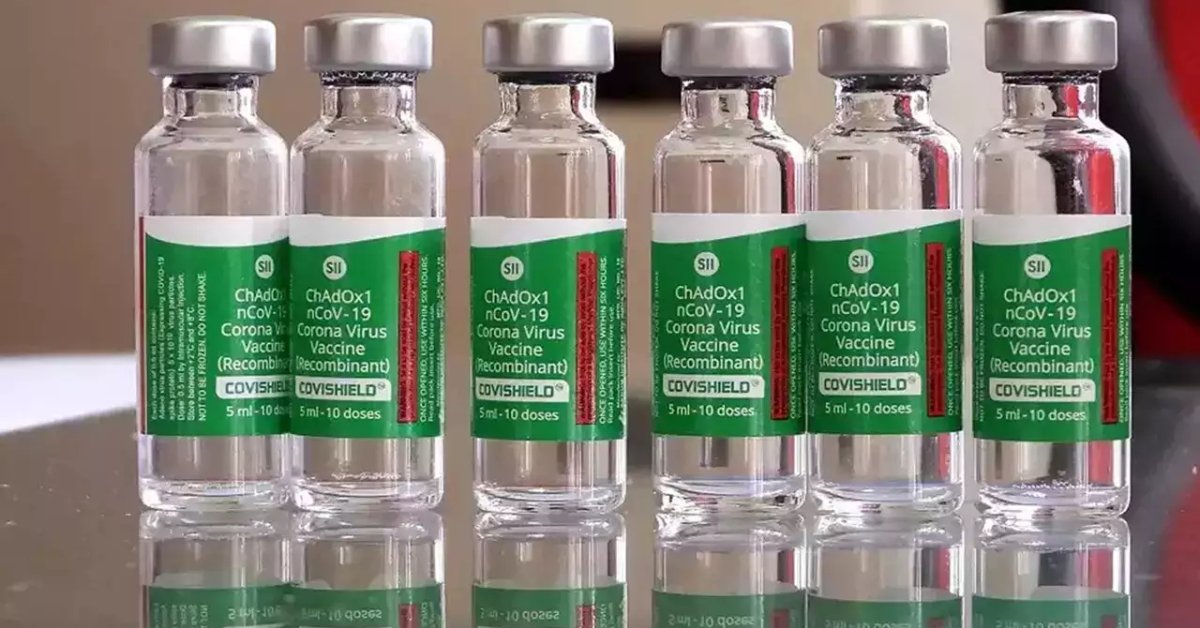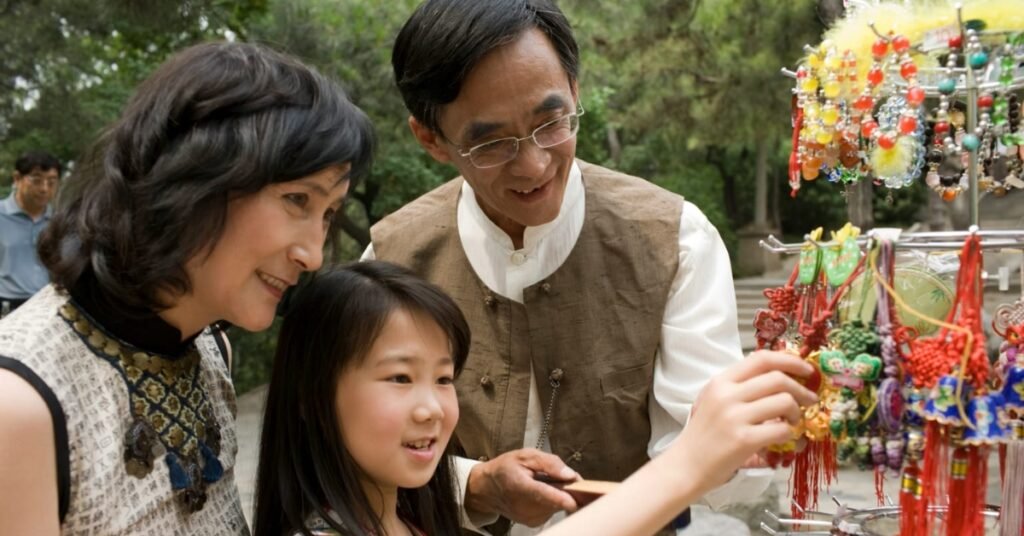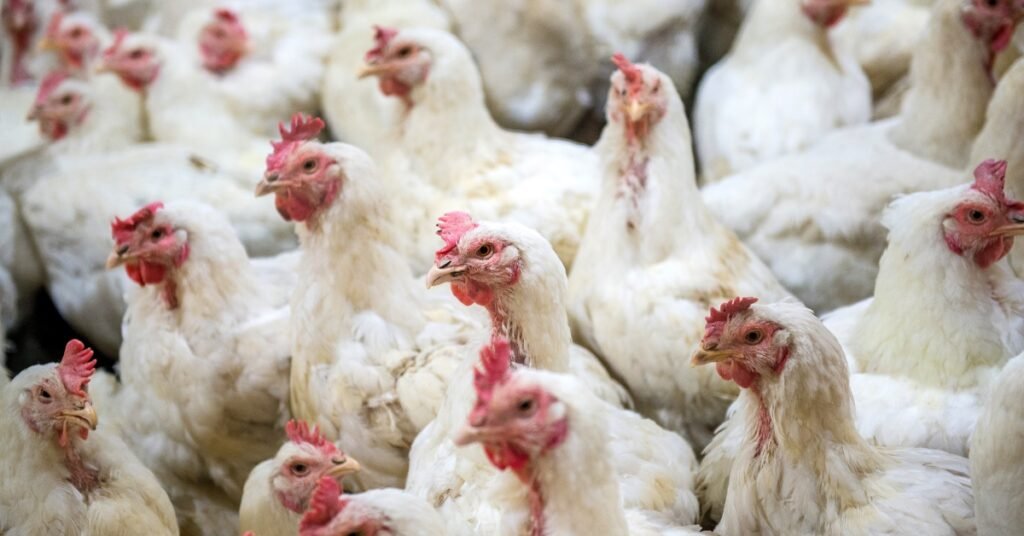Explore essential facts about Covishield, the AstraZeneca vaccine by the Serum Institute of India, including its efficacy, safety, and global impact.
Table of Contents
Covishield, the AstraZeneca vaccine produced by the Serum Institute of India, has played a pivotal role in the global fight against COVID-19.
Despite its widespread use and significant impact, much information—and misinformation—is circulating about the vaccine.
Facts about Covishield
This blog post aims to clarify facts about Covishield, breaking down complex information into digestible pieces and ensuring you get accurate and accessible insights.
Development and Authorization
- AstraZeneca develops Covishield in collaboration with the University of Oxford.
- It uses a viral vector technology based on a weakened version of a common cold virus from chimpanzees.
- The World Health Organization granted the vaccine emergency use authorization in February 2021.
- It has been approved in over 100 countries worldwide.
- India’s Serum Institute is the world’s largest vaccine manufacturer, producing Covishield under license.
- Covishield requires two doses for maximum efficacy.
- The gap between the two doses can vary from 4 to 12 weeks, depending on health regulations.
- It was one of the first vaccines exported globally under the COVAX facility.
- Storage and handling of Covishield are easier as it requires normal refrigeration temperatures.
- It was crucial in early vaccine rollouts, especially in low and middle-income countries.
Efficacy and Protection
- Initial trials showed that Covishield has an efficacy rate of around 70% after two doses.
- Efficacy increases if the second dose is administered 12 weeks after the first.
- It is highly effective in preventing severe illness and hospitalization caused by COVID-19.
- Protection is believed to last at least six months, but ongoing studies assess longer-term immunity.
- The vaccine reduces the risk of COVID-19 transmission to unvaccinated individuals.
- Covishield has shown effectiveness against several early variants of the virus.
- Booster doses are recommended to maintain immunity, especially against new variants.
- It is less effective against some newer strains, like the Beta variant, but still offers significant protection.
- Studies suggest that mixing Covishield with other vaccines could enhance immune response.
- Continuous updates to the vaccine formulation are being considered to tackle emerging variants.
Side Effects and Safety
- Common side effects include pain at the injection site, headache, fatigue, and mild fever.
- These side effects generally resolve within a few days without medical attention.
- Serious side effects are rare and occur in a small fraction of the population.
- The European Medicines Agency (EMA) confirmed a possible link to rare blood clotting events, but these are extremely rare.
- Health authorities emphasize that the benefits of vaccination far outweigh the risks.
- Monitoring systems are in place globally to track vaccine safety and manage risks.
- Pregnant women are advised to consult with healthcare providers to assess the benefits and risks.
- There are stringent quality controls during the manufacturing process to ensure safety.
- Immunocompromised individuals should discuss vaccination with their doctors, as their responses might differ.
- Any serious or unexpected side effects should be reported to health authorities.
Global Distribution and Access
- Covishield has been a cornerstone vaccine in global initiatives like COVAX.
- It has been supplied at a not-for-profit price during the pandemic to ensure wider accessibility.
- The vaccine has reached some of the most remote areas due to its easier storage requirements.
- Over a billion doses have been distributed globally.
- The expansion of production capacity was a significant factor in meeting international demand.
- Several countries have donated Covishield doses to lower-income nations.
- Covishield has enabled many developing countries to initiate their vaccination campaigns.
- Disparities in vaccine distribution have sparked discussions on patent waivers and technology transfers.
- The Serum Institute of India pledged to prioritize the Indian subcontinent and COVAX countries.
- International collaborations have facilitated the rapid scale-up of production and distribution.
Impact on Public Health
- Covishield vaccination has led to a reduction in COVID-19 cases and deaths in multiple regions.
- It has allowed for the reopening of economies and the lifting of lockdowns in several countries.
- The vaccine has played a key role in protecting healthcare systems from being overwhelmed.
- Public health campaigns have utilized Covishield’s data to boost vaccine confidence.
- It has been crucial in protecting vulnerable populations, including the elderly and those with pre-existing conditions.
- Community immunity or herd immunity is more achievable with widespread Covishield vaccination.
- The vaccine’s rollout has been linked to decreases in COVID-19 variant outbreaks.
- Vaccination has reduced the burden on emergency services and healthcare providers.
- Public health policies have been shaped around the availability and efficacy of vaccines like Covishield.
- It has highlighted the importance of global cooperation in health crises.
Misinformation and Public Perception
- Misinformation has led to vaccine hesitancy in some communities.
- Health authorities have debunked false claims about severe side effects.
- Social media platforms have taken steps to combat fake news about Covishield.
- Public health officials have used evidence-based campaigns to improve vaccine literacy.
- Covishield has been mistakenly linked to changes in DNA, which is scientifically unfounded.
- The confusion between Covishield and other AstraZeneca formulations has been a challenge.
- Educational efforts focus on explaining the vaccine’s viral vector technology to lay audiences.
- Transparency in reporting side effects has been crucial in maintaining public trust.
- Celebrity endorsements and public figures receiving the vaccine have helped improve its acceptance.
- Ongoing research and data dissemination are key to countering misinformation effectively.
Comparisons with Other Vaccines
- Covishield and Pfizer-BioNTech use different technologies but aim for the same result—immunity.
- Covishield is more accessible in regions with limited cold chain facilities due to its storage requirements.
- Cost-wise, Covishield is generally cheaper than mRNA vaccines, making it more feasible for mass vaccination in resource-limited settings.
- The interval between doses differs between Covishield and other vaccines, affecting logistics and planning.
- Side effect profiles vary slightly, but Covishield has a lower incidence of allergic reactions than some mRNA vaccines.
- Both Covishield and other vaccines like Moderna are adjusting formulations to tackle variants.
- The debate over vaccine passports has included discussions on the equivalency of different vaccines, including Covishield.
- Booster strategies may differ based on the initial vaccine received.
- Due to regulatory differences, Covishield’s approval in different countries has sometimes lagged behind mRNA vaccines.
- The World Health Organization has emphasized the importance of using all available vaccines to combat the pandemic.
Economic Impact
- Covishield’s rollout has facilitated the return to normal economic activities in many sectors.
- The vaccine has been central to strategies for economic recovery, especially in tourism-dependent countries.
- Increased production has boosted employment in the pharmaceutical sector.
- Economic disparities in vaccine access have highlighted the global need for more equitable health solutions.
- The pandemic has underscored the economic implications of health emergencies and the value of rapid vaccine development and distribution.
- Governments, including Covishield, have invested heavily in vaccine procurement to ensure public health security.
- Vaccine diplomacy, including donating Covishield doses, has affected international relations.
- The success of vaccination programs, including Covishield, is seen as key to avoiding future lockdowns and economic disruption.
- Economic analyses often use the speed of vaccine rollout as a metric for recovery projections.
- The shift towards local production of vaccines like Covishield in several countries is expected to have long-term economic benefits.
Technological Innovations
- The development of Covishield utilized cutting-edge viral vector technology.
- This approach has paved the way for the rapid development of vaccines in response to new pathogens.
- Technological advances in vaccine production have been accelerated by the need to address the COVID-19 pandemic.
- Covishield’s success has spurred investments in biotechnology and pharmaceutical innovation.
- Collaboration between global research institutions and companies like AstraZeneca has set new standards for international cooperation.
- The experience with Covishield has highlighted the importance of scalable vaccine technologies.
- Innovations in logistics and distribution have also arisen from the challenges of delivering Covishield worldwide.
- Data sharing and real-time monitoring of vaccine effects have been enhanced through technology.
- The pandemic has increased public and governmental support for scientific research.
- Future vaccine developments are likely to build on the lessons learned from Covishield’s rollout.
Future Outlook and Research
- Continued research is underway to determine the full duration of protection offered by Covishield.
- Updates to the vaccine are being considered to address emerging COVID-19 variants more effectively.
- The long-term impact of widespread Covishield vaccination on global health is still being assessed.
- Studies are exploring the potential for lower-dose regimens or mixed-vaccine schedules to optimize immune responses.
- The global experience with Covishield informs policies on booster shots and annual vaccinations.
- Research into vaccine combinations and sequencing is expanding to improve efficacy and accessibility.
- The role of vaccines in preventing long COVID is a significant area of ongoing research.
- Covishield continues to be part of global surveillance programs to monitor its effectiveness and safety.
- The success of Covishield is contributing to more robust preparedness plans for future pandemics.
- The global health community remains focused on achieving wider vaccination coverage, with Covishield playing a crucial role.
Conclusion
In conclusion, while Covishield, like any medical product, comes with its share of complexities and challenges, its contribution to controlling the COVID-19 pandemic cannot be underestimated.
Armed with the facts, individuals can make informed decisions about vaccination and contribute to the broader effort of ending the pandemic.
For any concerns or specific situations, consulting healthcare professionals is always recommended.






